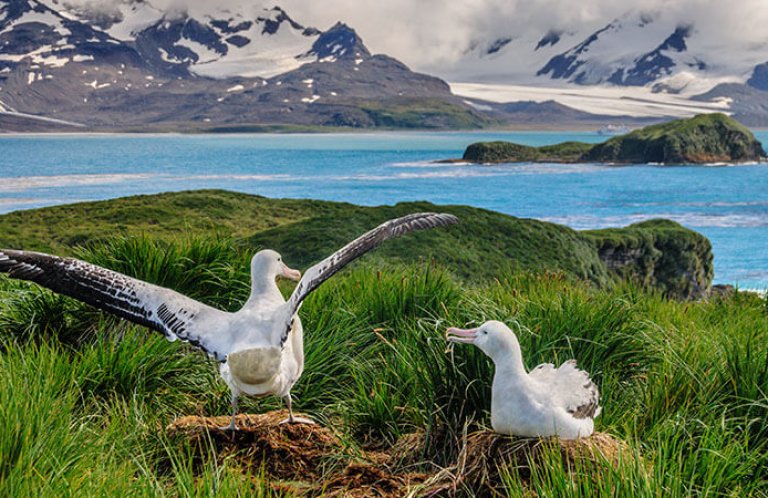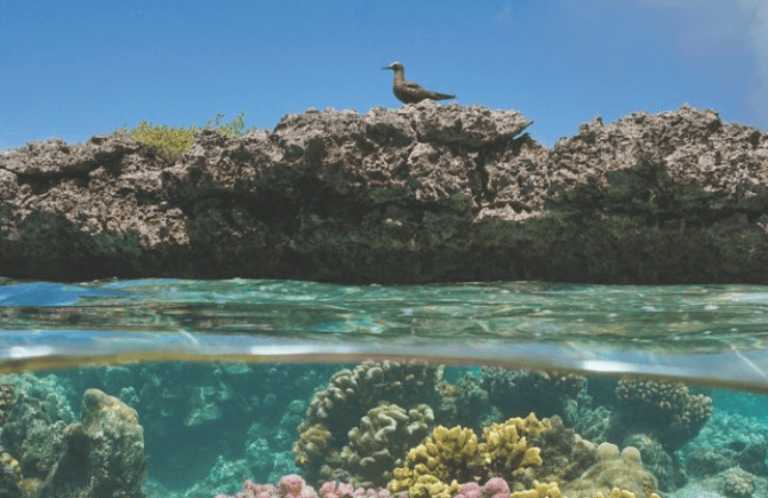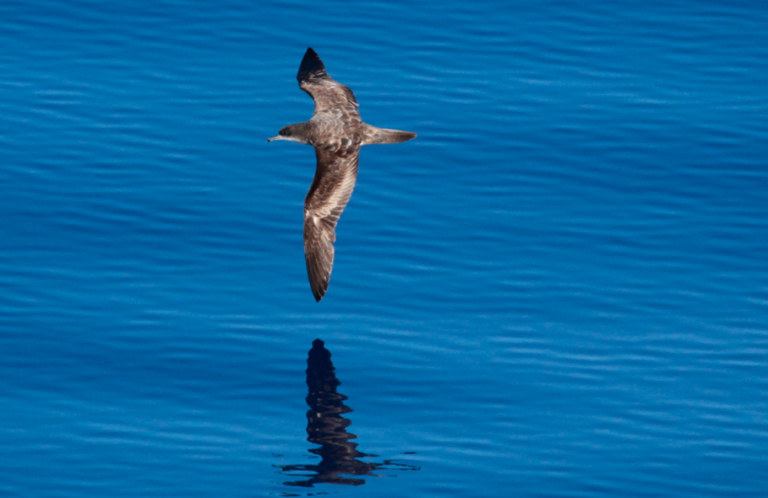Restoring Alto Velo Island: Reviving a Critical Island-Ocean Connection

Alto Velo Island, Dominican Republic is a small yet vital piece of the Caribbean's ecological puzzle. Recognized as an Important Bird Area and a Key Biodiversity Area, the 1.02 square-kilometer (0.39 square miles) island is home to several endemic species, including the Critically Endangered Alto Velo Curlytail and Alto Velo Anole. It also boasts the largest breeding colony of Sooty Terns in the Caribbean.
However, invasive species, including feral cats and black rats, have severely threatened this biodiversity. But there's hope. The holistic restoration of Alto Velo through invasive species removal and the reintroduction of native seabirds promises to revive the island's natural ecosystem.
An Urgent Need for Restoration

Invasive species, introduced during guano mining and egg harvesting in the 18th and 19th centuries, are pushing many of Alto Velo's native species to the point of extinction, including the Critically Endangered Alto Velo Curlytail and the Alto Velo Anole. The island's seabird populations, once thriving, are also suffering. The Sooty Tern now has a population only 25 percent of its size from 70 years ago.
“Without intervention, reptile and seabird declines will continue, leading to extinctions and a collapse of the island's ecosystem,” said Jorge Brocca, Executive Director of SOH Conservación leading work on IOCC island Alto Velo, Dominican Republic.
A Holistic Restoration Approach
The restoration project on Alto Velo Island aims to reverse these impacts by eradicating invasive species and fostering the recovery of native populations. This ambitious effort, led by American Bird Conservancy (ABC), SOH Conservation, and Island Conservation, with support from the Ministerio de Medio Ambiente y Recursos Naturales and the Critical Ecosystem Partnership Fund, will unfold in several phases: planning, implementation, restoration, and monitoring. The removal of invasive species will pave the way for the natural regeneration of the island's ecosystem.
Reviving Native Species
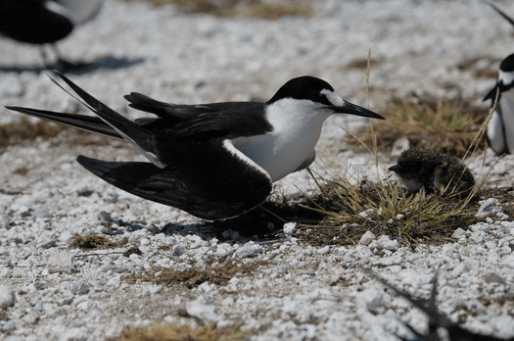
The removal of invasive species will have profound benefits for Alto Velo's endemic reptiles. The Alto Velo Curlytail is expected to recolonize its former range, leading to population stabilization and reduced extinction risk. Seabirds, crucial for nutrient cycling between marine and terrestrial environments, will also thrive.
The partners plan to use social attraction techniques, such as decoys and sound recordings, to encourage seabirds like the Black-capped Petrel to recolonize the island. This will not only boost seabird numbers but also improve the overall health of the island's ecosystem, benefiting terrestrial and marine life alike.
“The return of seabird colonies will enrich the island's soil, support a diverse plant community, and enhance nearshore marine productivity,” said Sea McKeon, ABC's Marine Program Director.
A Culture of Conservation
With leadership coming from local organizations and government entities, the Alto Velo Restoration Project will build local capacity for future conservation initiatives in the region. This includes training in biosecurity measures to prevent the reintroduction of invasive species, ensuring the long-term success of the restoration efforts.
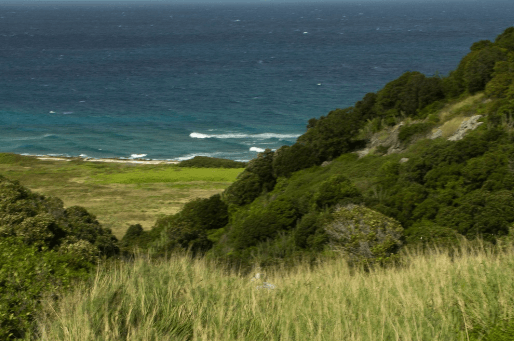
“Alto Velo Island is a critical link in the island-ocean connection. Its restoration will not only benefit its unique species but also bolster the ecological health of the surrounding marine environment,” said Chad Hanson, Deputy Vice President Conservation for Island Conservation.
The project serves as a model for similar conservation efforts across the Caribbean, showcasing the power of collaborative, science-based action. By eradicating invasive species and restoring native habitats, we can ensure that Alto Velo remains a sanctuary for biodiversity and a beacon of hope for island conservation worldwide.
The Critical Ecosystem Partnership Fund (CEPF) is a joint initiative of l'Agence Française de Développement, Conservation International, the European Union, the Fondation Hans Wilsdorf, the Global Environment Facility, the Government of Japan, and the World Bank. The CEPF Phase II investment (August 2021–July 2026) in the Caribbean Islands Biodiversity Hotspot is financed through the Critical Ecosystem Partnership Fund – Caribbean Hotspot Project of the World Bank, using funds provided by the Government of Japan.
This post originally appeared on the Island-Ocean Connection Challenge website.





































